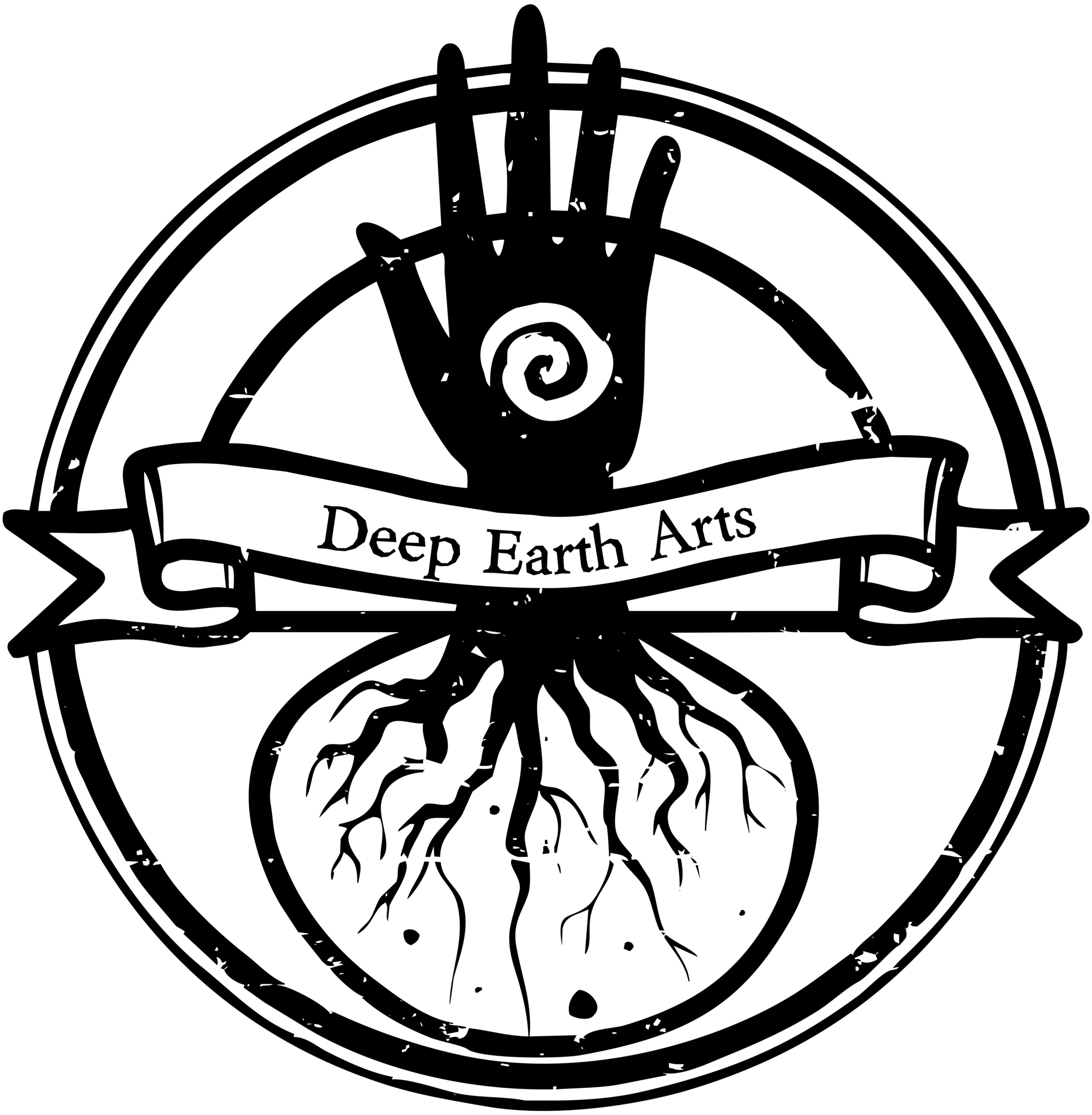Adventures in Burning and Smelling
What’s the first thing that you think of when you hear the word “incense?” Do you think of the 90s? Do you think of hippies trying to cover up the smell of pot? Even when I was a kid, it’s always made me think of magic (and the other ones as well). There was something mystical in the way that the smoke rose from that burning incense stick and there were some base smells in most of the different incenses that really called to me.
It makes sense that incense would have a sense of magic in our collective consciousness. Using the smoke of fragrant plant matter in ceremony is an old practice. It even made its way into the early Old Testament (Exodus 30:1-10, 30:34-38), though the practice is older than that. It was used in acts of purification and offering. The Catholic Church still uses incense in its Mass. They use an older method of incense, one which I want to talk about today.
Incense in the form of sticks originated in India and China. Before that, folks had to throw their odorous plant matter on coals to release the pleasant smelling smoke. This practice carried over in magical and religious traditions outside of the far East. Even now, making your own incense blend to burn in a heat proof bowl with a glowing ember is an effective method to add to one’s magical and/or religious practice.
A photo of frankincense courtesy of a Google search
Let’s use the incense that the Catholic Church uses as an example. The recipe, as found in John Michael Greer’s book “The Encyclopedia of Natural Magic” is ten parts frankincense, four parts benzoin, and one part styrax. Frankincense is a solid priestly resin, used in blessing and purification for thousands of years (if you checked those Bible verses I mentioned earlier, you’ll see that they mention frankincense… seriously, this plant resin has history). Benzoin has a history of use in purification and protection. Styrax is both botanically and magically related the benzoin. All three have very solar energies, so they work together very well.
Knowing the energies of the plant material in the incense mix is the first step in its magic. While having a pleasant smell is rather nice, it’s more important that the herb’s energies work together well. Having conflicting energies in the plants would be counterproductive. Having their energies work well with whatever you’re trying to accomplish is also super important. While solar energy is generally useful in magical practices, I wouldn’t necessarily choose them for a water ceremony. Not that it would be seriously counterproductive. It would bless, purify, and protect. It just wouldn’t be helpful beyond those purposes.
To use these plant resins, one would take this mix and grind it in a mortar and pestle. Here is the second step in the magic. You could grind it up in a coffee grinder. That would certainly be easier. Doing it by hand gives you a chance to imbue it with intention. You could even take the next step and imbue it with prayer (super appropriate for this specific mix). You could sing into the mix. You could even use the pestle as a sort of wand and use it to direct your energy into the mix. There is a lot of room to imbue an incense with more power at this point, so that’s why I suggest waiting to powder your incense mix until right before you use it. If you’re extra ambitious, you can work with what’s happening astrologically that day for both the grinding of the incense and the ceremony work.
Charcoal discs, also from Google images
Now, for the moment you’ve been waiting for. The burning of the incense. At this point you have to acquire a self-starting charcoal. The easiest to find are the disks made for hookahs. They’re soaked in salt peter, and begin to hold an ember when you light it on fire. We carry some in our store, and a disk of the kind that we carry lasts for about an hour. There are bowls designed for the heat of a burning charcoal disk (which we also sell), but a bowl filled with sand or salt will do in a pinch. Once you light your charcoal disk and place it in its heat resistant spot, sprinkle away with your powder. In the situation of a ceremony, you’ll want a mound that it will slowly burn through. Once you have enough ash that there is a layer between the charcoal and the mix, you’ll have to clear a little away.
Some mixes are considered spells by themselves. Scott Cunningham mentions a mix he would burn around his house to deter break-ins. I don’t know how effective that was, or if there’s a way to even determine it, but it seems that it helped. Josh and I mixed up a blend to encourage the beloved dead to work with him in his medium work. We mixed Copal, Myrrh, Vervain, and Tansy. It had a good feel and Josh did great medium work. While it was mostly his talents as a medium, the blend acted as an invitation to the beloved dead that he was reaching out to as well as protection from any parasitic spirits.
There are a lot of great recipes out there. Scott Cunningham has a few books with quite the selection of recipes. Try some out (using herbs you know are SAFE to burn in your space). It’s a fun exercise in the correlations between smell and vibes.
Happy adventures in smelling and burning
Until next time
The Green Mountain Mage


